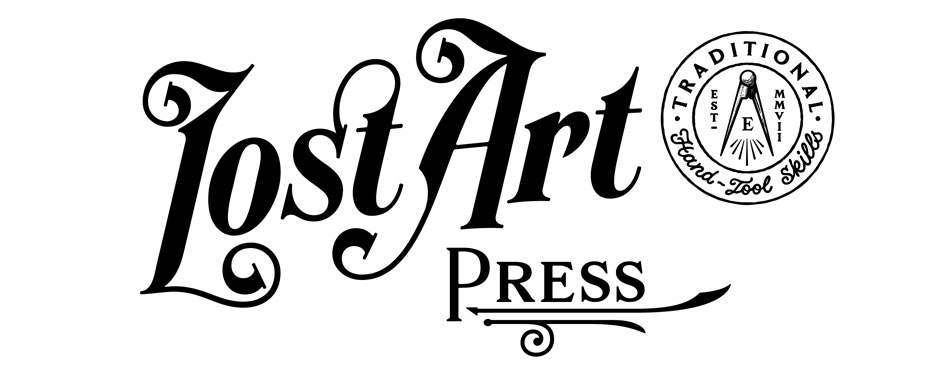
I am pleased to announce that we’ve just signed a contract with Albert Kleine; he’s hard at work on a book that, in effect, democratizes marquetry, making it accessible to everyone. I don’t know when it will be available, but after spending a weekend with Albert, I feel certain he’s not one to dally – so likely less (and possibly far less) than the typical two-year cycle between contract and finished book. (But no promises!)
I’ll let Albert tell you about the project himself, interspersed with a few pictures of his work. The passages below are excerpted from his book overview. And you can see more from Albert in the meantime on his Instagram feed.
– Fitz

Marquetry is incredibly accessible and can be practiced by anybody, anywhere, at pretty
much any time. This book is a thorough beginner’s guide, covering things I’ve discovered in
my own journey, along with a few projects to introduce skills and get the creative juices
flowing.

Marquetry as an art is a lot like French cooking in Ratatouille. And while I don’t think
there are any real Anton Egos in the world of marquetry actively trying to
discourage folks from trying it out (I also don’t think the stakes are as high as, uh,
death) the craft can be less than accommodating and welcoming all on its own.
- The work appears to be extremely delicate, so it gives off an air of requiring a
high amount of skill. When people see my work, they always assume that I must
have some innate ability that they cannot possibly obtain. I assure you I do not. - Like fine French cuisine, marquetry is typically only found in high price places
(on higher end furniture pieces), and thus most people only encounter it briefly
and are left with the impression that it is rare and luxurious. - It requires tools that are unfamiliar to most woodworkers – let alone people –
which adds to the mystique of the marquetatarian. - The practice is filled with jargon, and if people who practice the craft aren’t
interested in being accommodating and welcoming, that jargon can scare folks
away. - If marquetry is the French cuisine of this story, then I am the Chef Gusteau telling you
to stop listening to the Anton Egos of the world, whether external or (much more
likely!) internal, pick up a fret saw, and get to work.

Despite all the barriers listed above, over the course of this book, I will convince you
that marquetry is indeed for everyone.
- The skill can be acquired fairly quickly. Whenever I teach, people with zero
experience are cutting and fitting pieces by the end of day one. Because every
single cut is pretty much the same, once you have that down, then you know
pretty much all the technique that you’ll need to know. And because every cut is
the same, if you give yourself a large project, by the end you’ll inevitably be a
master at cutting. - Tools are extremely low cost and very easy to obtain, even if they are weird. An
entire kit can be purchased for less than $50, and that will keep you going for the
rest of your life. - Materials are incredibly low cost — even large and intricate projects have low
material costs. I’ve had commissions of many thousands of dollars that have
essentially negligible material costs — all the value is in the labor. - You can do it anywhere! There is no power, and the noise level is actually quite low
unlike other hand tool endeavors (chopping dovetails). - Being able to do it anywhere also means that you can do it any time. This is
important in the modern world where people juggle family and work
life with their hobbies. Marquetry is so self contained, quiet, and low mess that
I can easily pick up a project for a few minutes here and there when I can. - You’ll quickly realize that the jargon is just a weak facade, and once it starts to
crumble away you’ll see just how simple all of this is.






